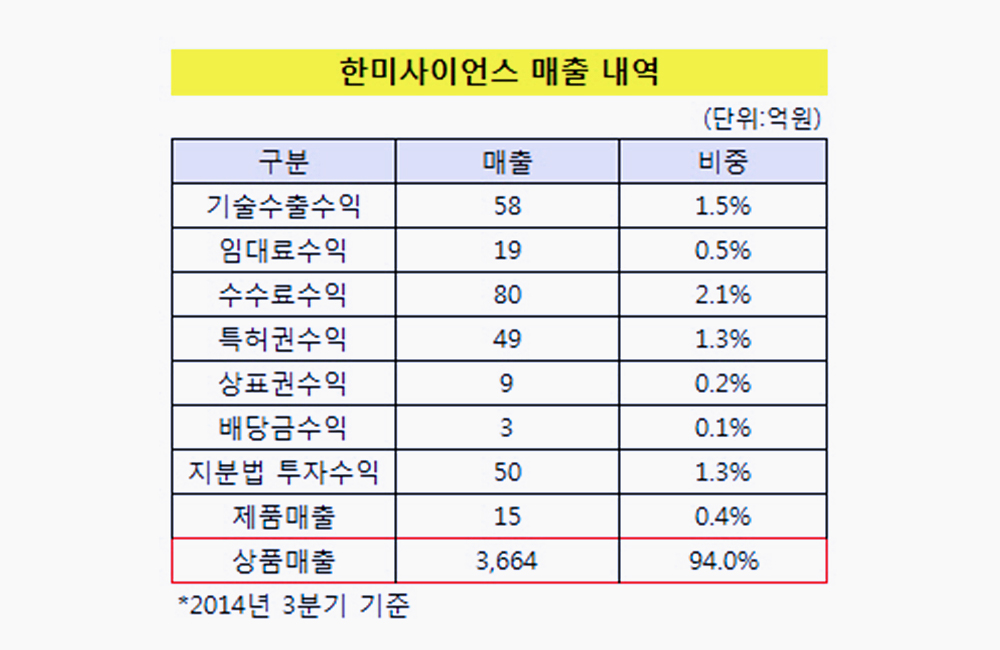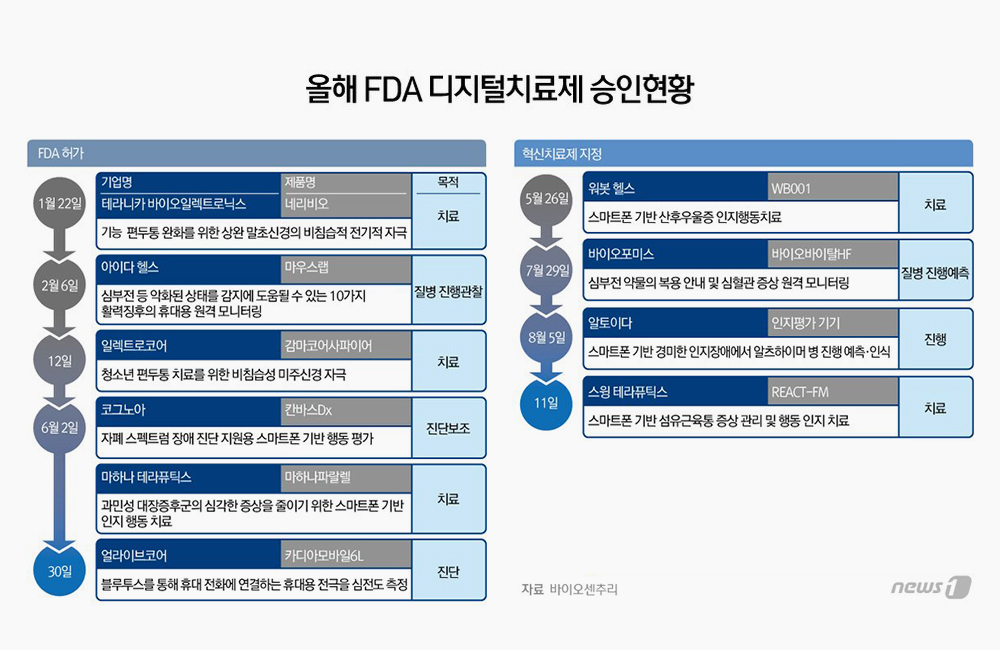Immunotherapy is now considered a
cornerstone of treatment for many forms of cancer, and its adoption has risen
rapidly. As these treatments offer hope for patients in the form of longer and
better-quality lives, as well as significant revenues for pharmaceuticals in
the range of tens of billions of dollars, questions are arising about their
broad use across types and stages of cancer.
Given the clinical benefit of the early
immuno-oncology (IO) drugs, these treatments have been widely applied across
patient populations and forms of cancer. That said, researchers at Dana-Farber
Cancer Institute and Health Data Analytics Institute recently published
findings from a real-world analysis of Medicare patients with lung cancer,
showing differences in survival time between IO clinical trial results and what
has been experienced in this population.
The FDA’s Oncologic Drugs Advisory
Committee also recently held a series of meetings exploring questions around
“dangling” accelerated IO approvals based on clinical trial results. These
meetings point to a growing question about how applicable clinical trial
results are to real-world situations. What works for one population may not be
the solution for another.
Digital is also transforming drug
development at similarly rapid speeds and can serve as a valuable partner to
optimize IO effectiveness.
Personalizing Treatment Approach
Most of the approximately 230,000 patients
diagnosed with lung cancer each year in the U.S. are Medicare-age, yet research
does not typically examine IO’s impact on this age group. The earlier mentioned
study surprisingly saw no added survival time with first-line IO treatment,
both alone and in combination with chemotherapy, over chemotherapy alone.
This study also found that patients treated
with IO therapy were more likely to be female and older, yet the study noted
that women in the Medicare population with lung cancer treated with IO therapy
in a real-world setting fared slightly worse than those treated with
chemotherapy alone. This is the type of demographic data that should go into
doctor-patient conversations around tailored treatment approaches.
Precision medicine can personalize
treatment plans, and oncology has led advancements in this area, with more than
457 oncology biomarkers approved as of December 2020, up from 160 biomarkers
one year prior. Finding the correct biomarker to match the patient and cancer
type to the best therapy, including IO, will improve outcomes and help lower costs
as the first-line treatment will be a better fit.
Digital can help by suggesting what
biomarkers to check, streamlining lab orders and results, and comparing test
results with demographic information for personal treatment options. This would
all factor into shared decision-making with the physician.
Digital and AI-based algorithms can play a
vital role in real-time, supporting oncologists by helping to choose specific
testing protocols to determine the right treatment path. This is particularly
helpful with fast-moving developments changing the IO landscape.
Impact On Medication Adherence
Digital can help improve medication
adherence through a variety of methods, including patient reminders for taking
medication and adding convenience for the patient. In fact, a recent study
showed that incorporating inhaler electronic medication monitors and mobile
apps for asthma can lead to better adherence.
The cost of immunotherapies is high enough
that ensuring they are taken correctly is critical, especially when they are
used in combination with other medications.
Reimbursement For Digital
In healthcare, the question of
reimbursement needs to be answered before a treatment is widely used — and that
typically requires proof of positive patient outcomes. This data is starting to
come in and will catalyze digital programs that deliver real-world clinical and
cost impact to ultimately support reimbursement.
Reimbursement is also starting to favor
therapies that can be offered in outpatient over inpatient settings, and digital
health solutions, including wearable and remote monitoring devices, will better
position health systems to incorporate these resources. Home-based care can
lower overhead and add flexibility to where patients can be seen, improving
their quality of life and maintaining connections with the care team while
receiving IO treatments.
Digital health in conjunction with IO
solutions, when used correctly, will allow more personalized interventions and
improve access to beneficial care paths. This will ultimately drive improved
patient outcomes and lower cost of care.
How can we leverage available technology to
assist IO in giving patients the longest survival time with the best quality of
life? Healthcare organizations that discover the optimal balance of digital
with personalized therapies will generate the most meaningful impact.









